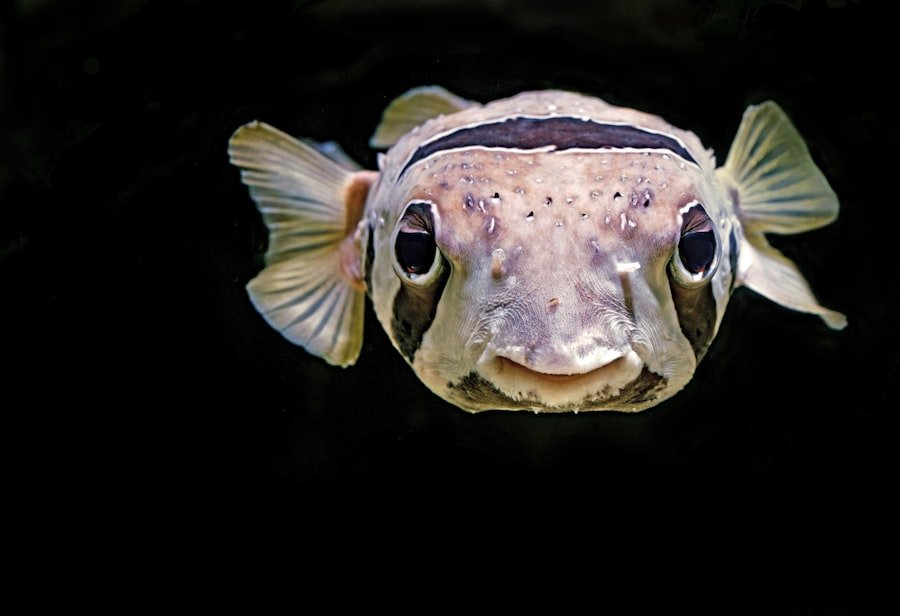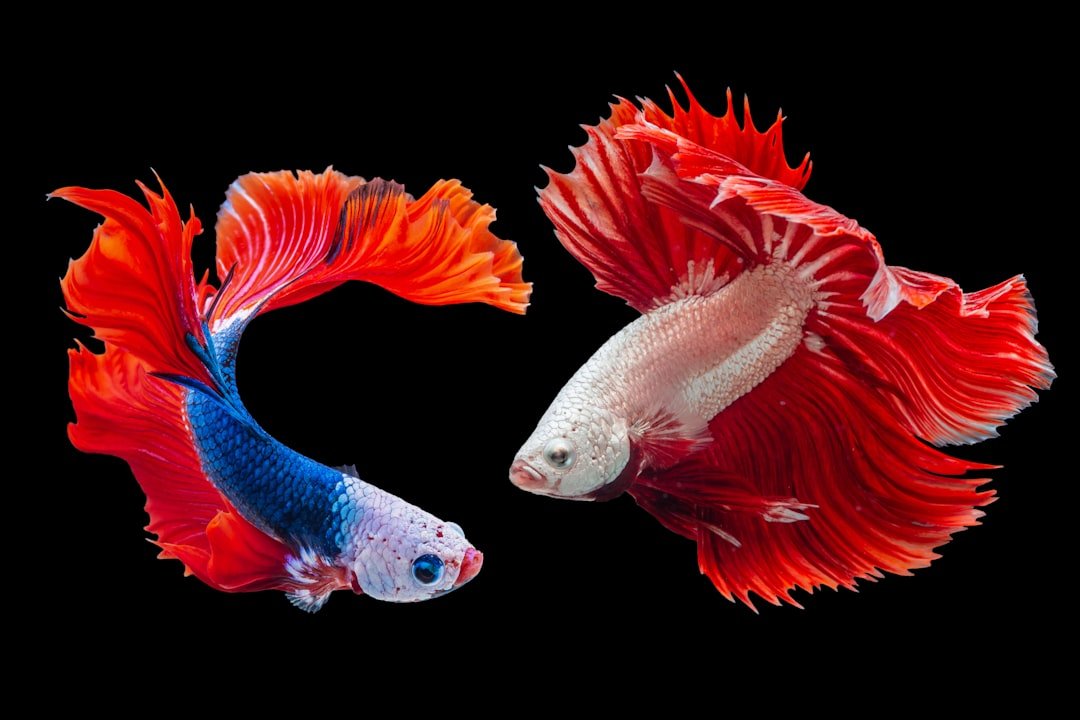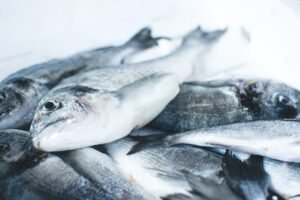Fish and chips is a beloved dish that has been enjoyed by people all over the world for decades. It is a classic comfort food that combines crispy fried fish with golden, fluffy chips. The popularity of fish and chips can be attributed to its delicious taste and the simplicity of its ingredients. One chef who is renowned for his expertise in cooking is Gordon Ramsay, and he has even shared his secret recipe for the perfect batter. In this article, we will delve into the art of cooking the perfect fish and chips, with a focus on Gordon Ramsay’s secret recipe.
Key Takeaways
- Gordon Ramsay’s secret batter recipe includes beer and cornstarch
- Choose a firm, white fish like cod or haddock for fish and chips
- Good quality oil with a high smoke point is crucial for crispy fish and chips
- Achieve the perfect texture for your chips by double frying them
- Season your fish and chips with salt, pepper, and vinegar for a classic taste
The Perfect Batter: Gordon Ramsay’s Secret Recipe
The key to achieving the perfect batter for fish and chips lies in the right combination of ingredients and the proper technique. Gordon Ramsay’s secret recipe involves a few key ingredients: flour, baking powder, salt, pepper, beer, and sparkling water. The flour and baking powder provide the structure and crispiness to the batter, while the beer and sparkling water add lightness and bubbles.
To make the batter, start by combining the flour, baking powder, salt, and pepper in a bowl. Gradually whisk in the beer and sparkling water until you have a smooth batter with a consistency similar to pancake batter. It is important to whisk the batter gently to avoid overmixing, as this can result in a dense and heavy coating.
Once the batter is ready, it is crucial to let it rest for at least 30 minutes before using it. This allows the gluten in the flour to relax, resulting in a lighter and crispier coating. Additionally, it is important to keep the batter cold while resting by placing it in the refrigerator.
Choosing the Right Fish for Your Fish and Chips
When it comes to choosing the right fish for your fish and chips, there are several factors to consider. The most commonly used fish for this dish is cod or haddock, as they have a mild flavor and firm texture that holds up well to frying. However, other white fish such as pollock or whiting can also be used.
Freshness is key when selecting fish for fish and chips. Look for fish that has clear eyes, bright red gills, and a fresh smell. The flesh should be firm and not mushy. It is also important to consider the sustainability of the fish you choose. Look for fish that is certified by sustainable seafood organizations such as the Marine Stewardship Council (MSC) or the Aquaculture Stewardship Council (ASC).
The Importance of Good Quality Oil
| Metrics | Description |
|---|---|
| Engine Performance | Good quality oil ensures smooth engine performance and reduces wear and tear on engine parts. |
| Fuel Efficiency | Using good quality oil can improve fuel efficiency and save money on gas. |
| Engine Lifespan | Regularly changing oil with good quality oil can extend the lifespan of an engine. |
| Emissions | Good quality oil can reduce harmful emissions and help protect the environment. |
| Cost Savings | Investing in good quality oil can save money in the long run by reducing engine repairs and maintenance costs. |
The choice of oil for frying fish and chips is crucial to achieving the perfect result. The oil should have a high smoke point to ensure that it does not break down at high temperatures. Vegetable oils such as canola or sunflower oil are commonly used for frying fish and chips due to their neutral flavor and high smoke point.
It is important to maintain the quality of the oil by regularly filtering it to remove any impurities that can affect the taste and texture of the food. Additionally, it is recommended to use a deep fryer or a large, heavy-bottomed pot to ensure even heat distribution and prevent the oil from overheating.
How to Achieve the Perfect Texture for Your Chips
The texture of the chips is just as important as the fish in a plate of fish and chips. To achieve the ideal texture, start by choosing the right type of potato. Russet potatoes are commonly used for making chips due to their high starch content, which results in a fluffy interior and a crispy exterior.
To prepare the potatoes, peel them and cut them into thick, even-sized chips. It is important to soak the chips in cold water for at least 30 minutes before frying. This helps remove excess starch from the potatoes, resulting in crispier chips. After soaking, drain the chips and pat them dry with a clean kitchen towel.
To achieve the perfect texture, it is recommended to double-fry the chips. The first fry is done at a lower temperature to cook the potatoes through without browning them. The second fry is done at a higher temperature to achieve a golden, crispy exterior. It is important to fry the chips in small batches to ensure even cooking and prevent overcrowding in the fryer.
Gordon Ramsay’s Tips for Seasoning Your Fish and Chips

Seasoning is an important step in enhancing the flavor of fish and chips. Gordon Ramsay suggests seasoning the fish with salt and pepper before dipping it in the batter. This helps to bring out the natural flavors of the fish and adds a subtle seasoning to the batter.
When it comes to seasoning the chips, it is important to strike a balance between enhancing their flavor and not overpowering the dish. Sprinkle the chips with salt immediately after frying while they are still hot. This helps the salt adhere to the surface of the chips and adds a savory flavor.
The Art of Frying: Mastering the Temperature and Timing
Frying fish and chips requires precision when it comes to temperature and timing. The ideal temperature for frying fish is around 180°C (350°F). This allows the fish to cook through without becoming greasy or overcooked. It is important to maintain a consistent temperature throughout the frying process by adjusting the heat as needed.
The timing for frying fish depends on the thickness of the fillets. As a general rule, fry each side of the fish for about 4-5 minutes, or until golden brown and crispy. It is important to avoid overcrowding the fryer or pan, as this can lower the temperature of the oil and result in soggy fish.
For frying chips, start with a lower temperature of around 150°C (300°F) for the first fry. This allows the potatoes to cook through without browning. After the first fry, increase the temperature to around 190°C (375°F) for the second fry to achieve a crispy, golden exterior. The timing for frying chips depends on their thickness, but as a general guideline, fry them for about 5-7 minutes for each fry.
The Secret to Crispy, Golden Fish and Chips
The secret to achieving a crispy and golden exterior on fish and chips lies in the combination of the batter and the oil quality. The batter should be light and airy, with the right consistency and temperature. It should be cold when used and allowed to rest before frying.
The oil should be hot enough to quickly cook the fish and chips, but not too hot that it burns the batter or leaves a greasy residue. It is important to maintain a consistent temperature throughout the frying process by adjusting the heat as needed.
How to Plate Your Fish and Chips Like a Pro
Presentation is key when it comes to serving fish and chips. To plate your dish like a pro, start by arranging the fish on a plate or serving tray. Place the chips next to the fish, creating a visually appealing arrangement. It is recommended to serve the fish and chips on a piece of greaseproof paper or newspaper for an authentic touch.
To add a touch of freshness and color, garnish the dish with a sprig of parsley or a wedge of lemon. This not only adds visual appeal but also enhances the flavors of the dish.
Pairing Your Fish and Chips with the Perfect Sauce
Fish and chips are often served with a variety of sauces that complement their flavors. Some popular choices include tartar sauce, ketchup, malt vinegar, or curry sauce. When choosing a sauce, it is important to consider the flavors of the dish and aim for balance. Avoid overpowering the flavors of the fish and chips with a sauce that is too strong or spicy.
Gordon Ramsay’s Top Tips for Serving Fish and Chips in a Restaurant
For chefs and restaurant owners looking to serve fish and chips in their establishments, Gordon Ramsay offers some valuable advice. Firstly, he emphasizes the importance of using quality ingredients, from the fish to the potatoes and the oil. Consistency is also key, ensuring that each plate of fish and chips is cooked to perfection every time.
Presentation is another important aspect of serving fish and chips in a restaurant. Ramsay suggests using high-quality plates and garnishes to create an appealing visual presentation. Additionally, he advises chefs to pay attention to the details, such as serving the dish with a side of mushy peas or a slice of lemon.
Cooking the perfect fish and chips is an art that requires attention to detail and the right combination of ingredients and techniques. Gordon Ramsay’s secret recipe for the perfect batter, along with his tips for selecting the right fish, oil, and seasoning, can help elevate this classic dish to new heights. Whether you are cooking at home or in a restaurant, mastering the art of fish and chips will surely impress your family or customers with its crispy, golden exterior and delicious flavors.
If you’re a fan of Gordon Ramsay’s fish and chips, you might be interested in reading about the acclaimed British actor Tom Wilkinson. In a recent article on Just Tidings, titled “In Memoriam: Tom Wilkinson, Acclaimed British Actor,” you can learn more about the life and legacy of this talented performer. Click here to read the article and discover the fascinating journey of one of Britain’s finest actors: https://justtidings.com/in-memoriam-tom-wilkinson-acclaimed-british-actor/.




















+ There are no comments
Add yours